Wouldn't it be nice if there were a few simple tricks for strengthening your connection to Reiki energy? Things that didn't take much effort but could have an immediate effect?
This article explores five simple ways to do just that. Undoubtedly there are many more, but these five all have the virtue of being available to anyone at any time, at any Reiki skill level.

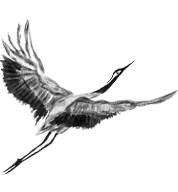

Although this is by far the most complex energy 'trick' of the five, it is still relatively simple. Doing before each Reiki session will definitely make a difference to the flow of energy.
Method:
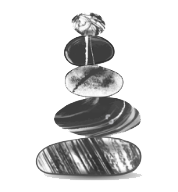

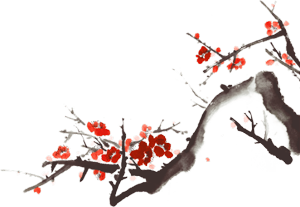
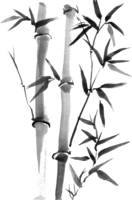

Rub your hands together vigorously for ten seconds before giving yourself or another Reiki. This will stimulate the energetic channels in your hand, thus making it easier for the Reiki energy to flow.
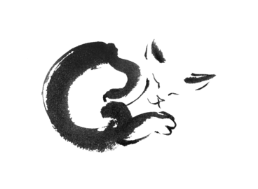
Reiki will generally flow more strongly if you keep your fingers together (although the thumb may, at times, separate from the other fingers).
Mrs Takata, the founder of Western Reiki, apparently proclaimed: 'Scattered hands, scattered energy'. She was right, although you should naturally never be dogmatic (sometimes, after all, you may in fact desire a more spread out sort of energy).
That said, 9 times out of 10 you will feel more if you keep your fingers together.
The same can also be said for keeping your hands held cupped rather than flat on the body. The reasons for this are not exactly clear, but try it if you are not already doing so. The energy almost always seem to flow better.

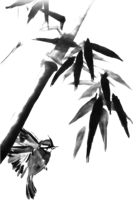

A good way to get a stronger connection to each Reiki position is to hover above it with your hands before lowering them onto the body.
The trick is to wait until you get an energetic connection and only then put your hands on the body. For some reason this makes it easier to connect to the Reiki energy of each position.

To keep the energetic connection going (and build momentum, thus strengthening it), it is a good idea not to take both hands off your body when changing positions (the same applies when you give Reiki to someone else).
Keep one hand grounded while you move the other. Then anchor the one you have moved, and move the one you had kept grounded. That way the energetic space and connection you have established is not short-circuited.
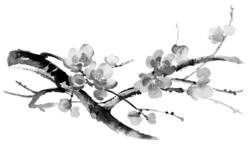



It would probably come as a big surprise to many Western Reiki practitioners to learn that Mikao Usui (the founder of Reiki) did not use set hand positions.
The hand positions came courtesy of Dr Hayashi, one of Usui's students, who in turn passed them on to Mrs Takata, the founder of Western Reiki.
Mrs Takata formalized 12 standard hand positions that work together to cover all of the main energy centres of the body (in particular the chakras).
These positions, when done in sequence, produce a combined effect that is greater than the 'sum of the parts'. They work together, in other words, to restore greater energetic balance and harmony than would be possible with a random sequence of positions (or even the 12 positions done in a random order).
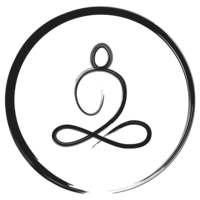
This is not the place to discuss just why the order is important; it is enough to know than when done in correct sequence the 12 positions have a powerful healing effect.
Should we always use the standard hand positions then? Will our Reiki treatment be weaker if we don't? Or is there another method that isn't random that also works - perhaps even better than the standard positions?
And finally, what did Mikao Usui himself do if he didn't follow a set sequence of hand positions?
The answer to these questions is that there is indeed a wonderful alternative to the standard 12 hand positions. It's the one Mikao Usui himself used: an intuitive method.
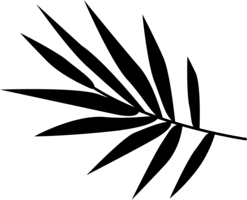
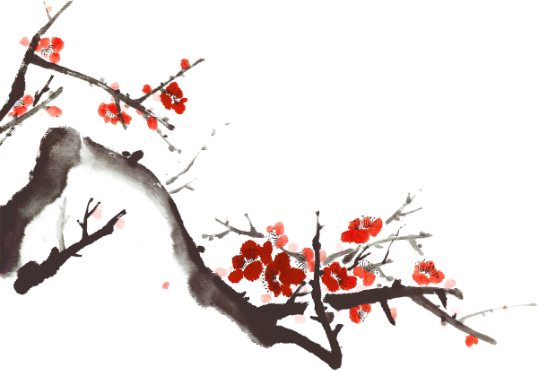

The difficulty with the idea of working intuitively for most people is that they are often not sure what this means!
The 12 hand positions are simple precisely because they are concrete. Intuition is slippery because it appears vague. When using it there are no obvious rules or guidelines to stick to.
In practice, however, things are not as bad as they might at first seem. In fact, we all have an innate ability to not only use our intuition, but to use it very well.
And better still, we have an innate ability to use without too much difficulty!
This last statement might seem like an exaggeration; but with just a little practice, almost everyone learns to use their intuition very easily. In most cases, the first time they try.
This is not to say, of course, that we will all be masters of intuition the first time we open up to it. Like almost all things, we improve with practice. But unlike a lot of other arts, we can nevertheless be satisfactorily competent right off the bat.
This is great news for Reiki practitioners.
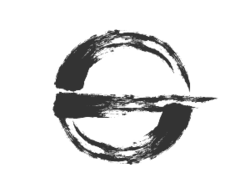

How, then, do we access this innate ability of ours? This ability to use our intuition to guide our Reiki sessions?
Funnily enough, the most natural way to use our intuition is not to have any method at all! Here we simply try to 'feel' the right hand positions rather than work things out with the mind (or remember the correct position).
This is done by silencing the mind and then waiting for a intuitive 'tip'. You don't have to do anything in particular. Just set your intent to be guided to a position and then wait. Most likely you will find yourself prompted to move somewhere even if you don't know why.
Because this advice might not seem that practical, however, I will also give a few actual techniques that help Reiki practitioners use their intuition during a Reiki treatment.

Place your hands together in gassho (i.e. together in a prayer position in front of your chest), then move them up in front of the third eye (6th chakra, or forehead region). In this position, try to empty your mind and let your intuition guide you to the first position you need to do Reiki on.
In most cases you will soon be prompted to move somewhere. It will be almost like an inner 'itch' pushing you in a certain direction. Go with it, and you should find your hunch validated.
After being 'pushed' to your first position, you may be guided directly to subsequent positions; but if not, simply repeat the process by bringing your hands together in gassho in front of the third eye and waiting for ‘directions’.
Continue to the process for as long as you wish.
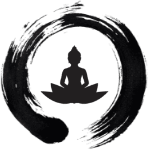



Sweep your hands slowly over the body (about 10cm above it) from head to toe. Feel for any unusual energetic sensations (heat, cold, tingling, extra energetic 'sucking' - whatever). Most likely, certain parts of the body will draw you to them. When you get a 'suggestion', try it out.
After you have tried one position, simply scan (i.e. sweep your hands over) the body again to find the next one.
Keep following this procedure for the duration of your treatment.
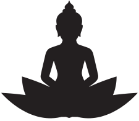
Using any of the above techniques will help you give intuitive Reiki treatments. These will generally be more effective than just using set hand positions because intuition works on a unique individual rather than an abstract figure.
Everyone is different, so it makes sense for everyone to receive a different treatment. Intuition is the key to finding just what this treatment should be.

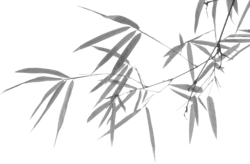
Mrs Takata - the founder of Western Reiki - is without doubt a controversial character. On the one hand her teachings appear full of untruths and megalomania; on the other, they are the foundation upon which over 99% of Reiki students build their practice today.
So how are we to remember her? Should we condmenn and dismiss her for her short-comings? Or do we honor her for the tremendous work she has done in teaching and disseminating Reiki?
For a long time everyone took Mrs Takata on her word every time she spoke. If she said that Mikao Usui was a Christian minister or that he studied at the University of Chicago, people simply believed her.
As time passed, however, researchers - beginning with Frank Arjava Petter - started to unearth more and more historical evidence that questioned what she taught.
Let us look first at some of Mrs Takata's historical mistruths, then at the more objectionable things she forced upon her students.

1. Mrs Takata claimed that Usui received a PhD from the University of Chicago. She also claimed he was the Principal of Doshisha University (Kyoto, Japan), where he was also supposed to be the Christian minister (see The Spirit of Reiki, Lübeck, Petter and Rand, p. 28).
Fact: There is no record of Usui being the Principal of Doshisha University, being a Christian minister, or ever having attended the University of Chicago. What is more, Usui was a Buddhist for his entire life.
2. Mrs Takaka claimed she was the world's only surviving Reiki Master and that all Reiki lineages in Japan had been wiped out during the Second World War.
Fact: There are many Reiki practitioners in Japan today - and there have always been since the time of Usui. In fact, Mrs Takata herself apparently had contact with them!
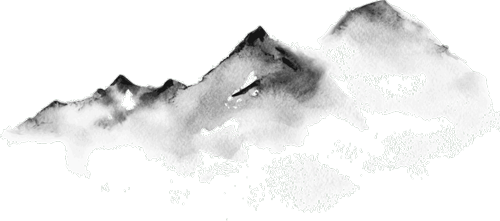
1. Teachers must charge $10,000 for the Master Level.
Fact: Usui often taught for free or a small charge. There is absolutely nothing at all in the history of Reiki to suggest that such an enormous figure needs to be charged (and remember, back in 1970 when the Master Level was first taught, $10,000 was worth a lot more than it is today).
2. Reiki symbols must be drawn exactly as Mrs Takata taught them or they won't work.
Fact: There are many variations on the different Reiki symbols. What students and teachers have found over the years is that they all work! What counts is the 'intent' behind a symbol, not the precision with which it has been drawn.
Historical note: After Mrs Takata died, many of her Master Level students got together to compare notes. To their amazement they found that the symbols Mrs Takata herself taught them varied! Since they all worked, this proved that the 'intent' behind the symbols was the most important thing.

3. Reiki must be taught in exactly the same way as Mrs Takata taught it.
Fact: Mrs Takata made her students swear they would teach Reiki in exactly the same way she did. The implication was that if it weren't, it wouldn't be any where near as effective.
From the time Iris Ishikura (one of Takata's Master Level students) went back on her promise and taught in keeping with her own intuition, however, practitioners soon discovered that the world of Reiki wasn't black and white. Many different techniques and styles all work well.

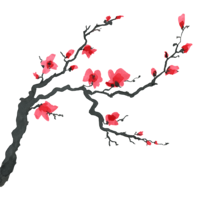


It would be easy to get frustrated with Mrs Takata and see her as a megalomaniac with an overly fertile imagination. It would even be easy to shy away from everything she taught.
To some extent this might be justified, but it would also be a mistake.
Mrs Takata may have been a megalomaniac; she may have hindered the free flow of Reiki information from Japan to the West by telling the world she was the sole living Master; she may even have prevented thousands of people from learning Reiki by insisting on a $10,000 Master Level fee; but what she taught also had - and still has - a good deal of substance.
Indeed, so worthy was the Reiki she taught, it has now spread all around the world and made a positive impact on millions of people.
So before we become too critical, let us remind ourselves that the Reiki we practice is almost certainly a product of what Mrs Takata taught. Sure, it is unlikely to be identical, but its substance will be 99% hers.
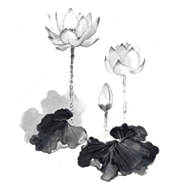
Next, we ought to remember another important point: Mrs Takata was a pragmatist. In other words, she did what she considered best for the development / dissemination of Reiki. And if this meant sometimes bending the truth then she was happy to do so.
A good example of this 'bending of the truth' is the false Christian history of Usui. Given the time she first started to practice healing in the States (Late 1930s to early 1940s), and given that Reiki was a Japanese healing method, it made sense to Westernize it. After all, anti-Japanese sentiment was very strong at the time.
Finally, we should remember that very few - if any - teachers are perfect. As a rule, we tend to make the mistake of idolizing our favourites and then disowning them the moment they show the usual human foibles.
A better strategy is to simply test what they say and see if it works. If it does, we needn't worry whether they are 'perfect' or not. As far as our life is concerned that makes no difference.
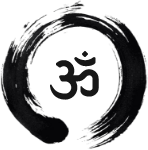
Also, we might remember that we don't need to embrace everything within a system. If we are deeply involved with it, it might be a good idea to test everything; but if we find that it doesn't serve us, we can happily put aside that part of the teachings and use the rest.
If we can do that, we will benefit from many great teachers. If we uphold our teachers to a standard of 'perfection', then it is unlikely we will find any who can help us.
So before we grow too critical of Mrs Takata, let us first appreciate the tremendous service she has done to the world of Reiki. She wasn't perfect, for sure. In fact, she had many frustrating sides to her. But without her, I wouldn't be writing this article today - and you wouldn't be reading it!


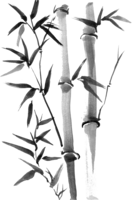
It's easy to become obsessed with hand positions.
What we should remember, though, is that they work best when seen as a step towards intuitive healing. They are like training wheels: once we have more experience we should let them go.
Of course, the basic hand positions are useful, there is no denying that. They help us to re-charge and re-balance all of the main energy centres of the body; they work together to create a unified effect that is often very different from one achieved if we just randomly - and out of order - do all of the positions.
But since each person is different; since each person has his or her own needs; it makes little sense to give everyone the same treatment. It's like saying we all need shoes, so we all have to have wear size 12.
I will talk in more detail about the use of the hand positions in a subsequent article; but as a rule it is better to be flexible and let your intuition guide the placement of your hands.
Reach out with your feelings and locate any spots that needs healing (energy) rather than simply moving blindly through positions 1-12.
If this sounds vague or hard, here are two techniques:
1) Sweep over the body of your patient with either one or two hands, trying to detect areas that 'suck' more energy (or simply respond more in one way or another). When you find one, Reiki it until the energy levels being sucked diminish.
After you have finished one spot, keep sweeping over the body ('scanning') until you find a second spot. Keep doing this until no other spots attract your attention.
2) Put your hands in prayer position and lightly touch your forehead. Then try to feel the next spot you need to Reiki. Let your intuition guide you.
After you have worked on the area you have been guided to, either a) move onto another spot if you feel that is right, or repeat the process of putting your hands in prayer position up against your forehead and waiting for your intuition to guide you to the next spot.
You repeat this process until the end of the Reiki session.



Sign up for our weekly Reiki newsletter and receive '18 things you need to know about Reiki' for free.
If you're looking to take a Reiki course, you need to read this ebook first!
Learn the critical mistakes prospective students make. Ensure you find the course that best suits your needs.



© 2022 Om Reiki Center. All Rights Reserved.